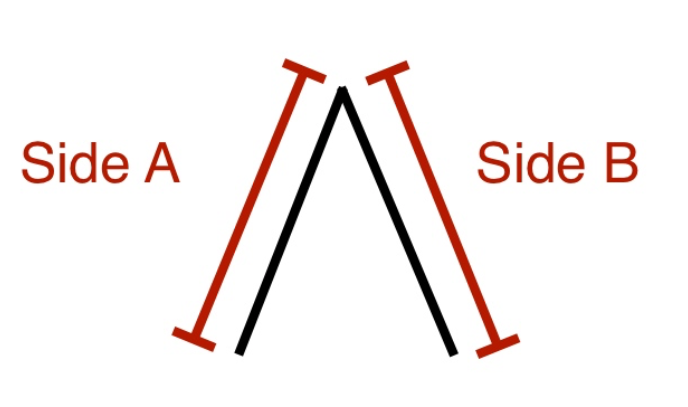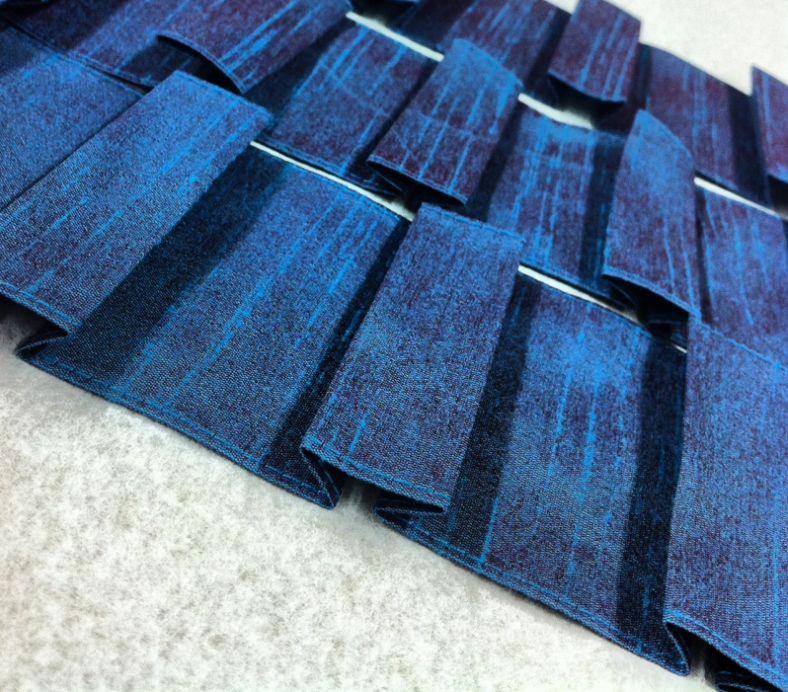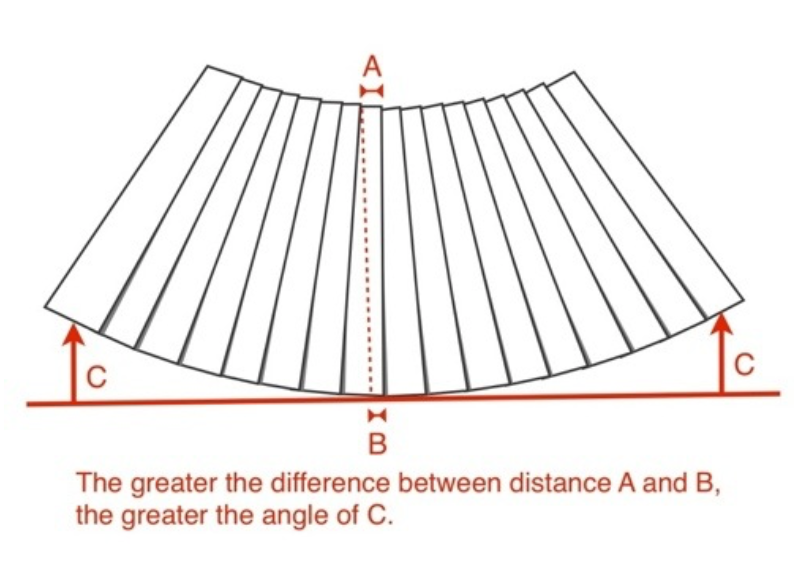
The ABC's of Pleating
In this post I will break down and distill the components of pleating to its basic building blocks. First, I want to preface this post by explaining that when I say pleating, I am referring to the “systematic folding” of fabric and not more organic methods like shibori or fabric crushing.
After speaking with several clients, I’ve realized that I need to undercut the topics in these blog posts even more (before I can get more technical). I am still getting blank stares from people…I may be speaking but my communication is definitely not being received.
Basically, there are three building blocks that make up the large majority of pleating styles you will encounter: accordion, box and side pleat.
Accordion Pleats:
Accordion pleats are easy to spot since they look like an accordion. This pleat is symmetrical, and Side A and Side B are the same length. Therefore, Side A = Side B. When the size of this pleat is very small it is called a crystal pleat. Theoretically, since it is a small pleat you would assume it is a “fine” pleat, but personally I feel it is a common and cheaper pleat. That’s just my opinion! I’ll discuss why I feel that way in future posts.
Side Pleats:
When one side of an accordion pleat is shorter then the other, the pleat lays to the side. Hence the name side pleat. Side A > Side B. This pleat is also know as a knife pleat but I can’t imagine it appealing to women. “Knife” sounds more harsh than it does feminine.
Box Pleats:
Last but not least we have the box pleat. If you take two side pleats, invert one and stick them together, tadah…you get a box pleat.
I know this is really basic but trust me…I’m building up to something. Baby steps first






